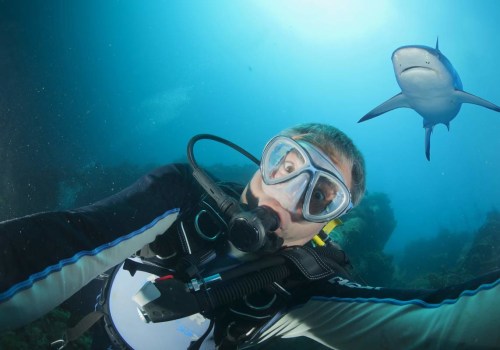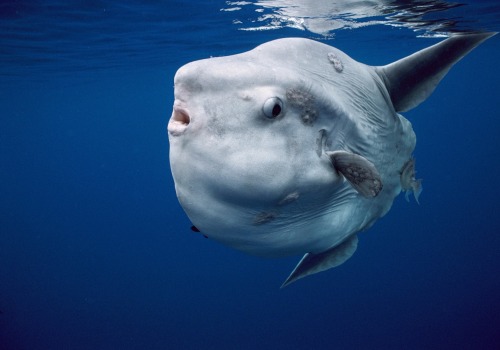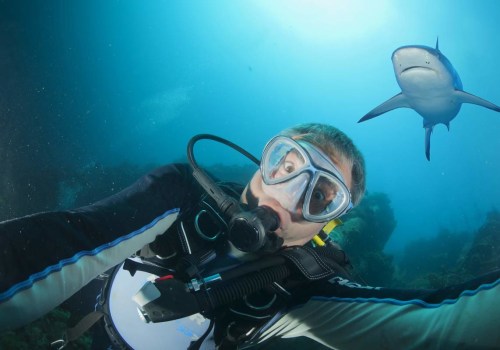Diving is an exhilarating and rewarding experience, but it's important to remember that safety should always come first. A safety stop is a standard diving procedure performed for any dive below 10 meters (32 feet). This short break of 3 to 5 minutes at a depth of 5 to 6 meters (15 to 20 feet) is a practice that allows the diver's body to decompress after spending time in depth. It is recommended to make a safety stop after each dive to a depth greater than ten meters (30 feet), regardless of whether it has been kept within the limits of not stopping.
Excess nitrogen can cause decompression problems and, although this nitrogen is shed on the surface after immersion, staying under a small amount of pressure makes the process faster due to partial pressures at depth. These stops should not be ignored, but if a diver accidentally stays at a depth greater than that recommended by the recommended maximum time limit, he can perform a decompression stop as recommended by his dive computer. Doing so has several positive benefits for the diver, and may even reduce the risk of suffering from decompression sickness in closed cases. If you perform a decompression stop, it is not recommended that a diver return to diving for a minimum of 24 hours. The safety stop is an important part of becoming a complete diver, and it's a good idea to include it on all dives.
It's also important to remember that diving life can be demanding, so it's best to skip the shot and go around the dive knowing that you're fulfilling the main objective of the dive. Even if you're eligible to dive at 100 feet, if you haven't been diving for a few years, jumping straight into a dive at that depth probably isn't the best plan. You can always take classes to improve your diving repertoire and learn the skills you need to penetrate a wreck, dive deep, explore a cave, or dive high in the mountains, but don't try to learn them on your own. The meters, or the dive computer, constantly provide you with important information such as how deep you are, how long you have been submerged, how much air you have left without stopping, what direction is it in the north etc. Leaving behind her life in New York City, Andi Cross was inspired to learn to swim, dive and create an expedition, sharing stories of diving and community in the most remote destinations. In conclusion, safety stops are an essential part of any dive below 10 meters (32 feet).
They allow divers' bodies to decompress after spending time in depth and reduce the risk of suffering from decompression sickness. It's important for divers to remember that diving life can be demanding and they should always prioritize safety over getting the perfect shot. Taking classes can help divers improve their skills and knowledge about diving.








